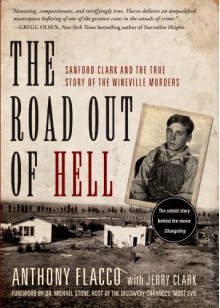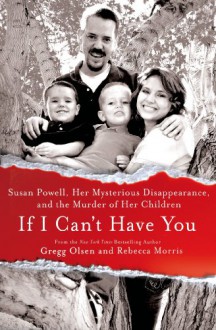
This is basically an anthology of short, illustrated stories. As with any anthology, some stories are better than others. I found I tended to enjoy Gorey's longer stories more than his short poems. My favorites in this book were “The Unstrung Harp,” “The Hapless Child,” “The Curious Sofa,” “The Gashlycrumb Tinies,” and “The Remembered Visit.” In general, even when I didn't necessarily enjoy the stories, I loved Gorey's artwork.
The Unstrung Harp:
This was my absolute favorite of the bunch, an incredibly quotable look at Mr. Earbrass's novel-writing process from choosing his newest book's title, to writing the first draft, to the aftermath of finishing it and getting it published. I'd say it seemed relatively realistic, except that Mr. Earbrass didn't appear to ever communicate with an editor.
The Listing Attic:
A series of unrelated limericks, many of which were violent and dark. A few of them were in French.
I wish the illustrations had been larger. I didn't think this part was bad, but it was an enormous shift from the general tone and style of “The Unstrung Harp” - the various limericks dealt with such things as attempted rape and child abuse.
The Doubtful Guest:
A strange creature takes residence in a family's home and causes all kinds of trouble. This was a strange little story, but I enjoyed the illustrations. The creature reminded me a little of Excalibur from the anime Soul Eater.
The Object-Lesson:
Bizarre and random happenings. If you're familiar with the Mystery! opening sequence, this reminded me of that. I enjoyed the illustrations.
The Bug Book:
A cheerful little story about blue, red, and yellow bugs, the arrival of a horrible black bug, and
(spoiler show)
This was the first story in the book that was in color. It made me think of a children's book, except for the way the bugs chose to solve their problem.
The Fatal Lozenge:
More dark verse, although this time structured as an alphabet book. Here we have abuse, death, murder, racism, and even an instance of possible future child molestation. Overall, I thought this section worked better than “The Listing Attic.”
The Hapless Child:
The story of a girl from a happy family, who was orphaned and whose life then went all to hell until she
finally died after being run over by her own father, who did not recognize her.
(spoiler show)
Wow, this one was depressing. The illustrations are what made it work for me. If you look closely, you'll notice that Gorey incorporated a demonic looking creature into almost every one of the illustrations (and certainly every one after the poor girl was orphaned). There was a sense that they were feeding off of her misfortune.
The Curious Sofa: A Pornographic Work By Ogdred Weary:
The story of Alice, a young woman who goes home with “an extremely well-endowed young man,” has all kinds of sex, and participates in several orgies. There's some bestiality in the mix too. None of this is on-page or even written about in too much detail – you just see lots of people smiling meaningfully at each other while all the men are described as well-endowed or well-made. Things take a very dark turn near the end. I enjoyed the little detail involving the grapes: Gorey made sure Alice was never pictured without at least one, usually held between her fingers.
The Willowdale Handcar:
Three people ride on a handcar for months, if not longer, and are witness to all kinds of strange and unsettling sights that they opt not to further explore. I was enjoying this one until its rather abrupt ending. I had thought that Gorey might reveal more of what was going on with poor Nellie, and whether any of that was related to the man at the vinegar works.
The Gashlycrumb Tinies:
An A to Z of the deaths of various children. I feel bad for saying this, but I actually did enjoy this one. It reminded me of Der Struwwelpeter and its horrifying moral lessons, although these deaths weren't always something the children could have avoided. I'm pretty sure there was nothing Kate could have done about that ax-murderer, for example.
The Insect God:
A child is kidnapped in order to be turned into an offering to the Insect God. Meh.
The West Wing:
Various ominous and wordless images. There didn't seem to be any sort of overarching story here, but I did like the illustrations.
The Wuggly Ump:
Like “The Bug Book,” this one was in color. Three children lead happy lives as the Wuggly Ump hurtles closer and closer to their home. I was reminded a little of the children's book from Naoki Urasawa's Monster. There was a similar sense of foreboding here.
The Sinking Spell:
A mysterious something that readers are never shown keeps sinking lower and lower over the course of several weeks or months, as a family watches. Another one that I thought was just so-so.
The Remembered Visit:
When Drusilla was 11, she went on an unremarkable trip and made a promise to an old man. Years later, she remembers that promise. This one was a bit melancholy and, like “The Unstrung Harp,” felt more grounded in reality than some of the other stories.
(Original review posted on A Library Girl's Familiar Diversions.)

 Log in with Facebook
Log in with Facebook 













